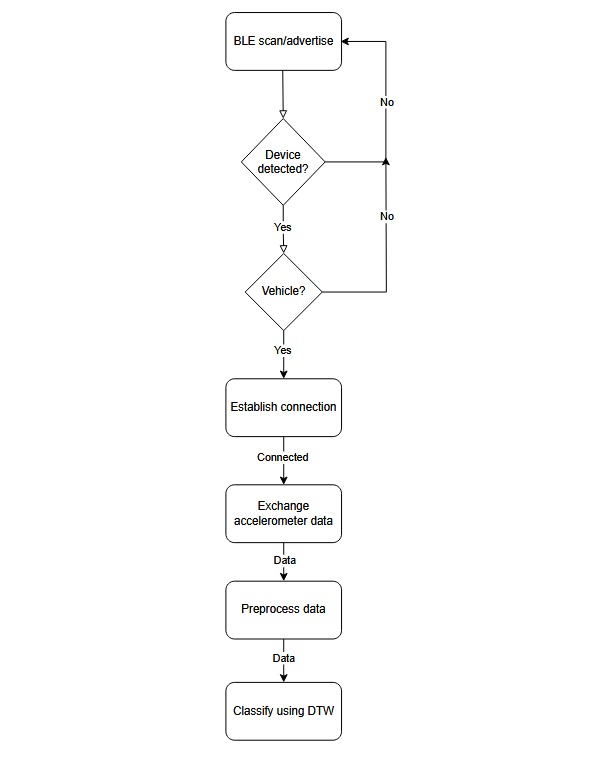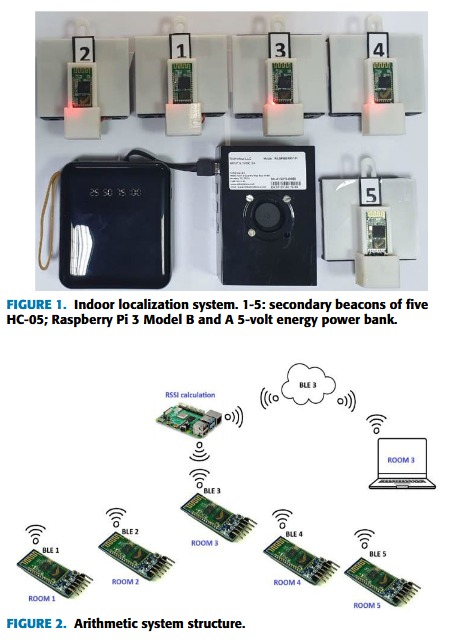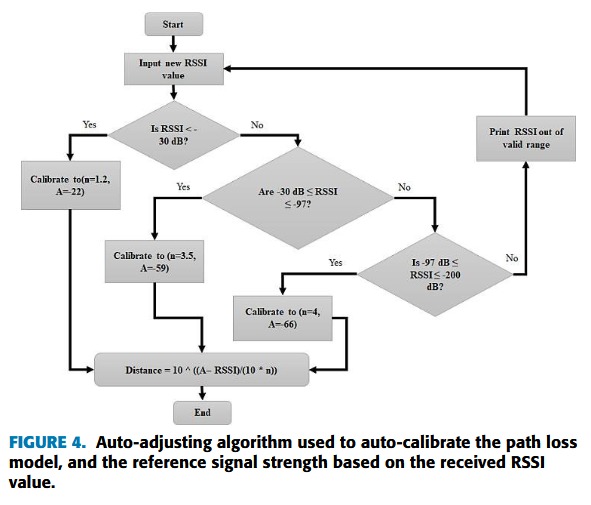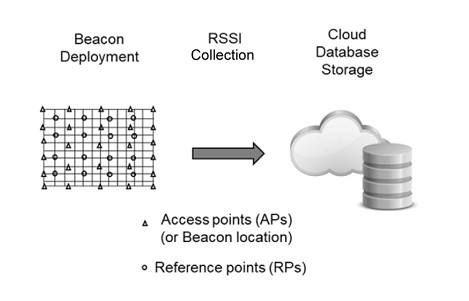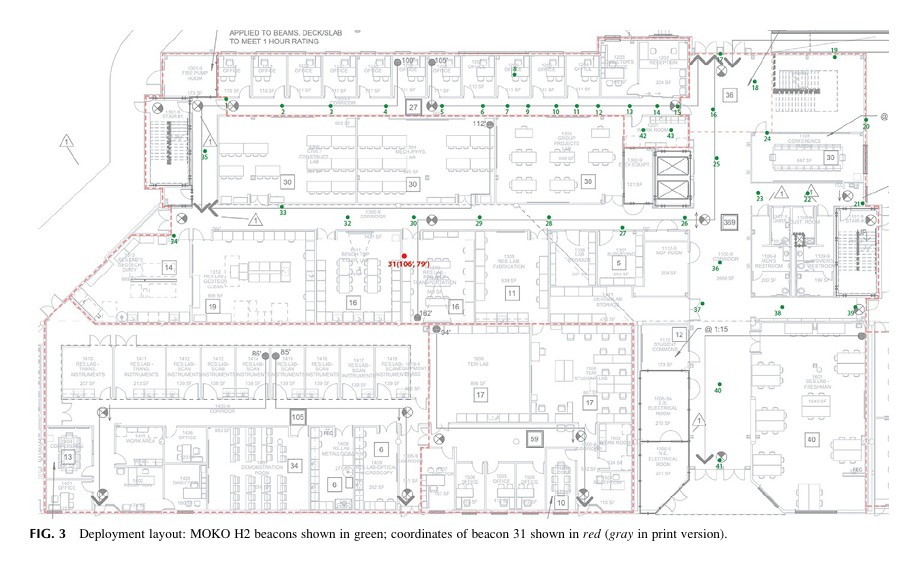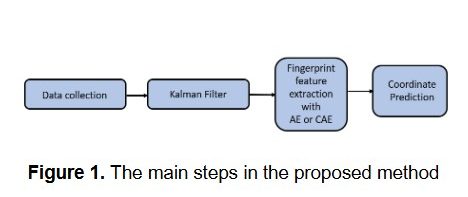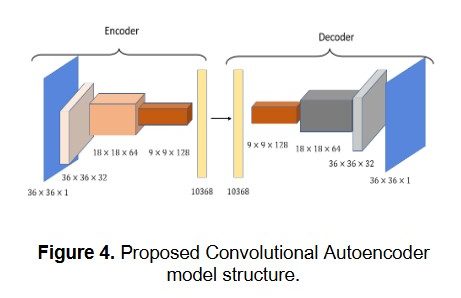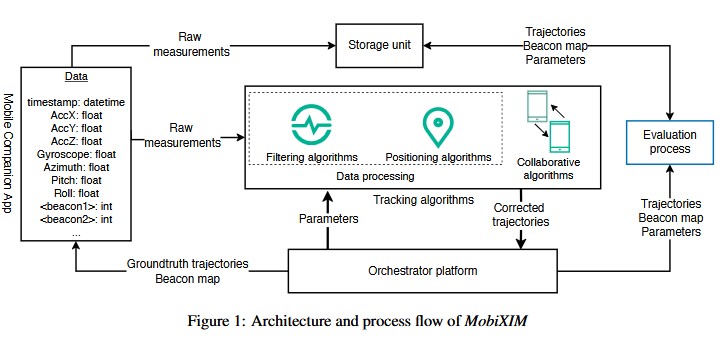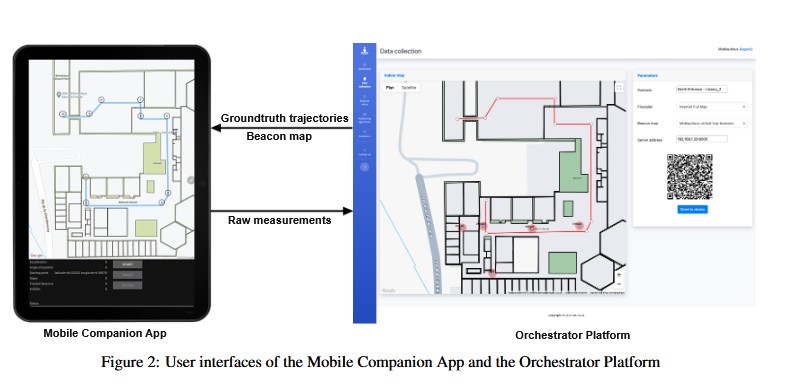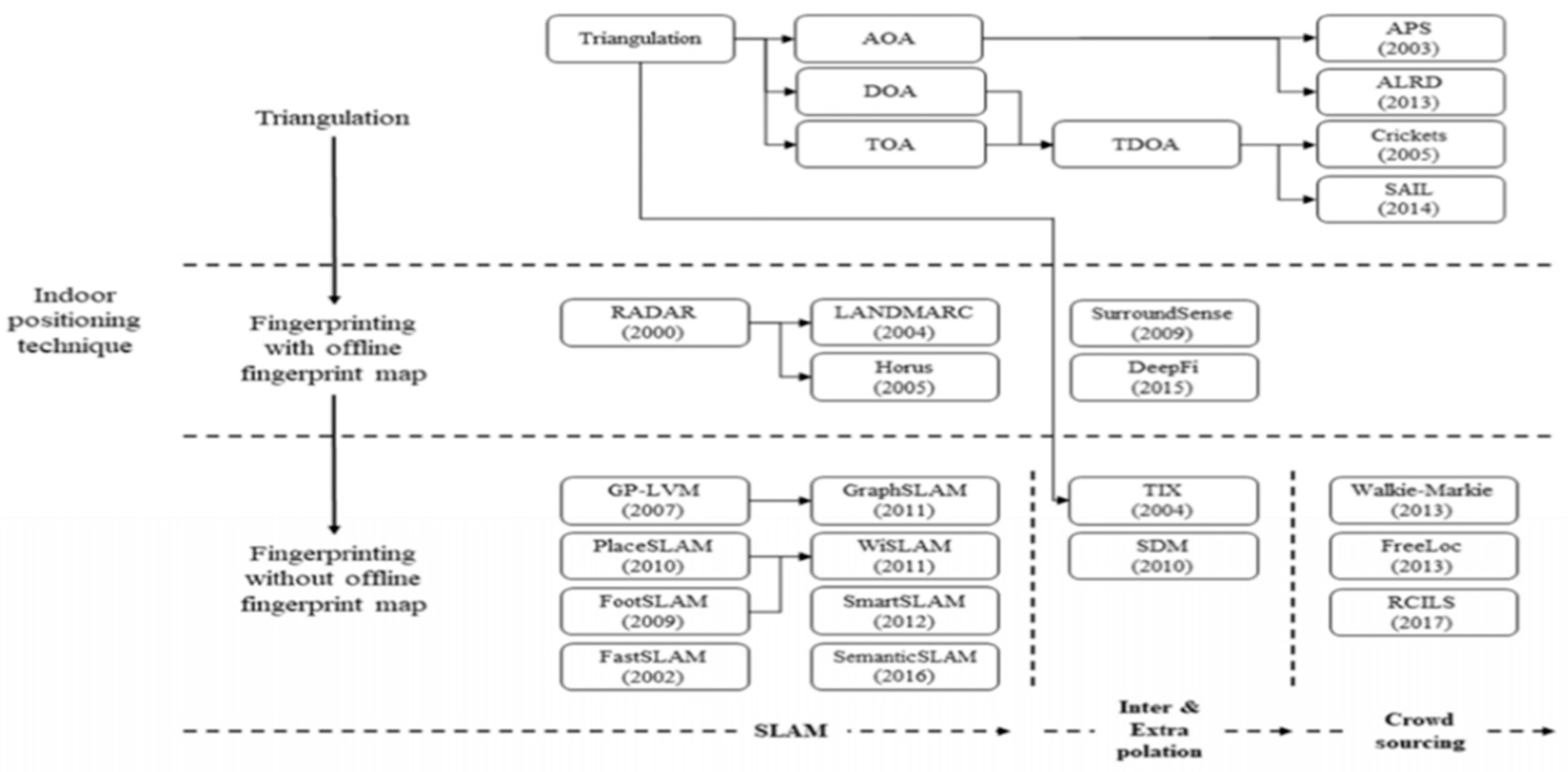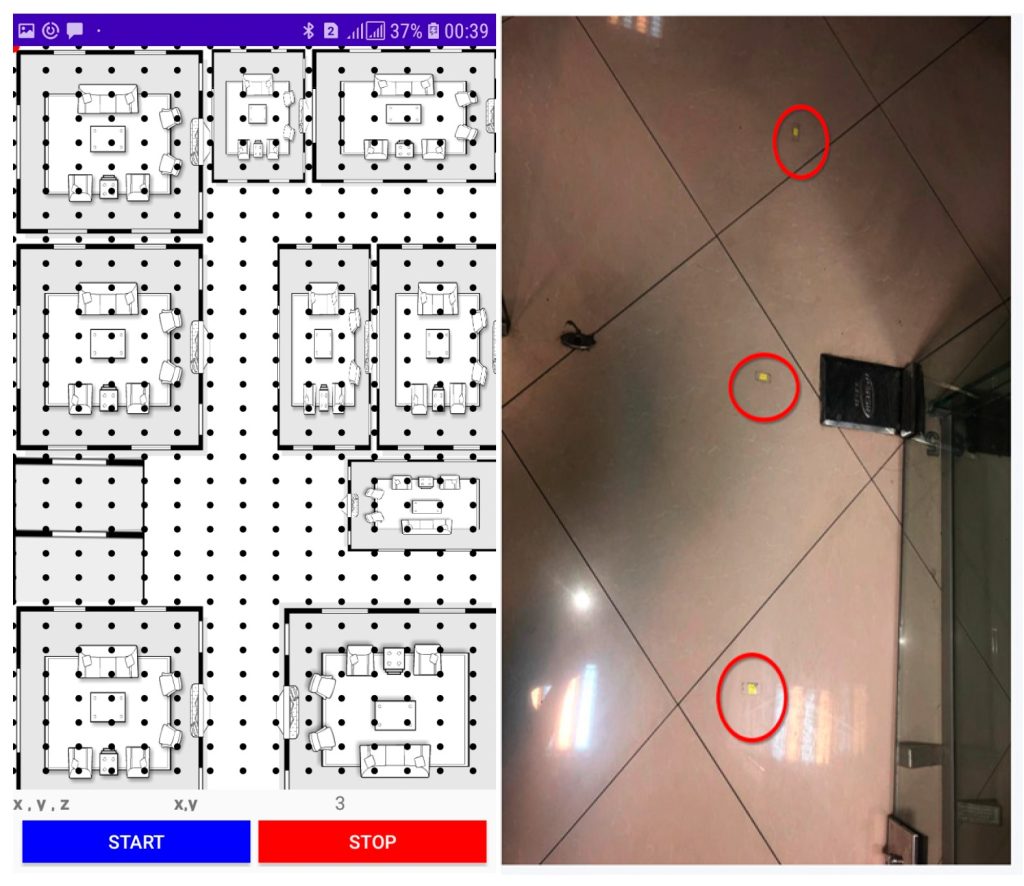Ultra-Wideband (UWB) technology has recently emerged as a contender to Bluetooth beacons, with some companies traditionally focused on Bluetooth now marketing UWB as the next generation solution. But does UWB live up to the promise?
UWB undeniably offers a key advantage: more accurate location tracking. With its ability to determine positions down to tens of centimetres, it surpasses Bluetooth in precision. However, this comes with significant trade-offs that should be carefully considered before adopting the technology.
One of the critical drawbacks of UWB is the lack of standardisation. Unlike Bluetooth, which operates on a well-defined and widely supported Bluetooth LE standard, UWB devices are proprietary. This means users are locked into a single vendor’s ecosystem, unable to mix and match devices from different suppliers. If the chosen vendor’s devices become obsolete, the entire solution becomes redundant, forcing costly upgrades or a complete overhaul.
The lack of standardisation also impacts the broader ecosystem. Bluetooth devices benefit from a vibrant market with multi-vendor compatibility, driving competition and keeping costs low. In contrast, UWB solutions rely on custom protocols, devices, and specialist skills, leading to higher costs and limited interoperability. While Bluetooth beacons have a range of up to 50 metres, and even 200 metres or more for certain devices, UWB typically operates within a range of 30 to 40 metres. Some advanced Bluetooth devices can even reach up to 1 kilometre, providing greater flexibility in many applications.
Power consumption is another area where Bluetooth outshines UWB. Bluetooth beacons are designed to operate efficiently, often lasting months or even years on a single battery. UWB devices, on the other hand, are more power-hungry, typically lasting only weeks in positioning applications. This makes them less practical for long-term deployments, especially in IoT scenarios where low maintenance is a priority.
Scalability is a growing concern with UWB. The technology generates and needs to process more data than Bluetooth, which can lead to bottlenecks and reduced performance as the network expands. This poses challenges for large-scale deployments, where simplicity and efficiency are critical.
Moreover, UWB’s compatibility is limited when compared to Bluetooth’s universal presence. UWB devices are primarily detected by iOS devices, with limited support on Android. This constrains their usability in a diverse market. Bluetooth, in contrast, is supported by virtually every modern smartphone and a large number of third party gateways, making it a more versatile choice.
Bluetooth beacons also offer greater functionality beyond location tracking. They can perform various sensing tasks, such as monitoring temperature, humidity, air pressure, light levels, and even detecting smoke, water leaks, or proximity. UWB, being narrowly focused on location tracking, lacks this flexibility, limiting its utility in IoT applications.
Ultimately, the decision between UWB and Bluetooth depends on your specific needs. If you require extremely precise location tracking within a limited range and can accommodate the higher costs and proprietary nature of UWB, it may be worth considering. However, for most use cases, Bluetooth remains the more efficient, flexible and cost-effective option. Its standardisation, broad compatibility, and multi-functional capabilities make it a reliable choice for tracking and IoT applications alike.
